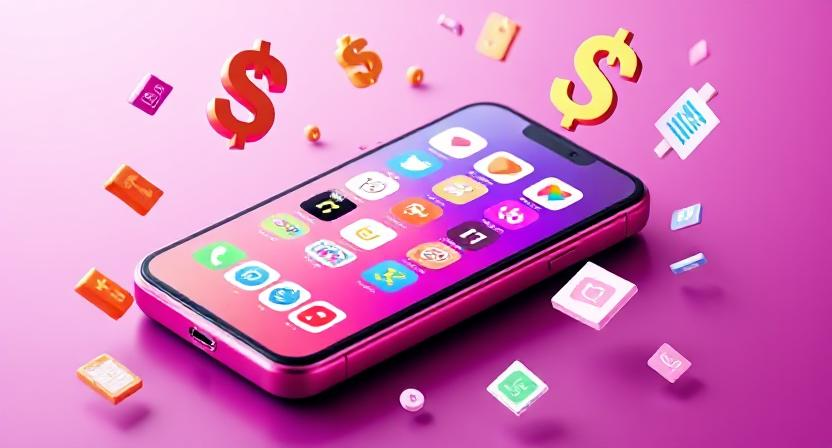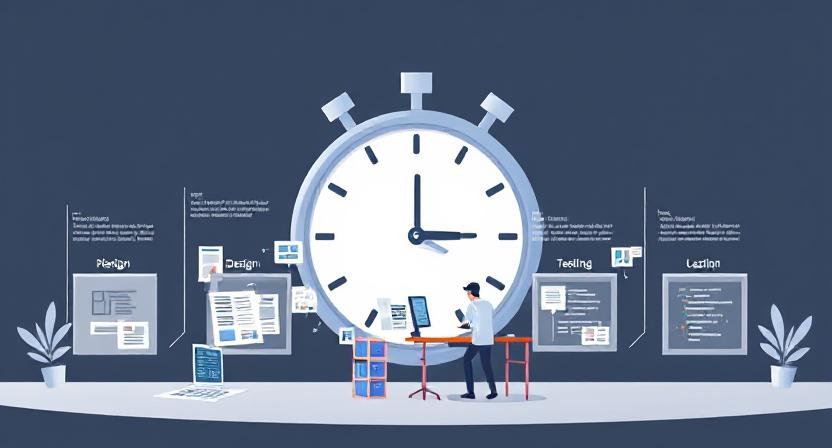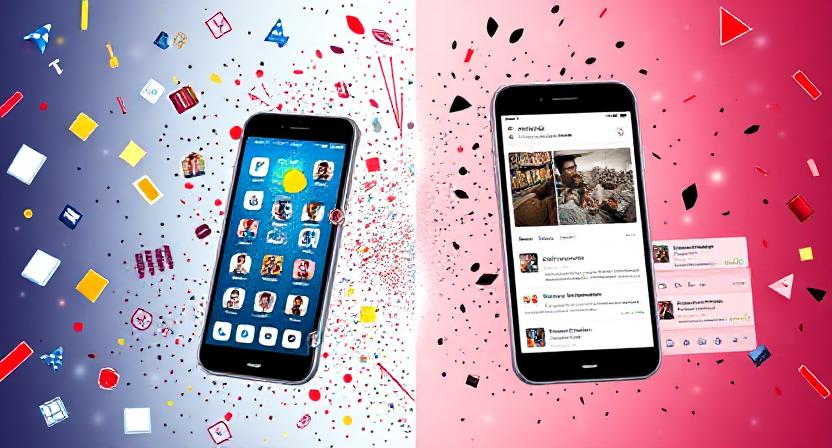In today’s digital world, mobile apps have become an integral part of our daily lives. From social media to gaming, e-commerce, and productivity tools, apps cater to various needs. However, have you ever wondered how these apps generate revenue, especially when they are free to download? This blog explores various app monetization strategies, helping developers and businesses understand how to turn their applications into profitable ventures.
1. Freemium Model
The freemium model is one of the most popular monetization strategies. Apps are available for free, but users can access premium features through in-app purchases. This model attracts a large user base and then encourages them to pay for additional functionalities, such as removing ads, unlocking exclusive content, or enhancing user experience.
Examples:
- Spotify: Free users can listen to music with ads, while premium users get an ad-free experience.
- LinkedIn: Offers free networking services, but users can upgrade to LinkedIn Premium for advanced job search features.
2. In-App Advertising
Many free apps generate revenue through in-app advertisements. App developers partner with advertisers to display ads within their apps, earning money based on impressions, clicks, or conversions.
Common Ad Formats:
- Banner Ads – Small ads displayed at the top or bottom of the screen.
- Interstitial Ads – Full-screen ads appearing between app transitions.
- Rewarded Ads – Users watch ads to earn in-app rewards (e.g., extra game lives or points).
- Native Ads – Seamlessly integrated into app content to maintain a smooth user experience.
Examples:
- Facebook: Generates billions through in-app advertising.
- Candy Crush: Offers rewarded ads for additional gameplay benefits.
3. Subscription Model
The subscription model provides continuous revenue by charging users a monthly or annual fee for premium content or services. This is common in streaming, fitness, and educational apps.
Benefits:
- Ensures steady revenue.
- Encourages long-term engagement.
- Provides ongoing updates and support to subscribers.
Examples:
- Netflix: Users pay monthly for unlimited streaming.
- Duolingo Plus: Offers an ad-free learning experience with additional features.
4. One-Time Purchase (Paid Apps)
Some apps charge an upfront fee before users can download them. While this strategy ensures immediate revenue, it may limit the user base as many prefer free alternatives.
Pros and Cons:
✅ No need for ads. ✅ One-time revenue boost. ❌ Harder to attract new users. ❌ No recurring revenue.
Examples:
- Minecraft: A one-time purchase unlocks the full game experience.
- Procreate: A paid drawing app for professional artists.
5. In-App Purchases (IAPs)
In-app purchases allow users to buy virtual goods, premium content, or additional features directly within the app. This is a highly lucrative strategy, especially in gaming apps.
Types of In-App Purchases:
- Consumables: Items that get used up (e.g., game coins, power-ups).
- Non-consumables: Permanent unlocks (e.g., premium themes, ad removal).
- Subscriptions: Recurring payments for added benefits.
Examples:
- Fortnite: Sells skins, emotes, and battle passes.
- Tinder: Offers in-app purchases for extra profile boosts and features.
6. Affiliate Marketing & Sponsorships
Some apps earn money by partnering with brands and promoting their products through affiliate links or sponsored content. This strategy works well for apps in the shopping, fitness, and finance industries.
Examples:
- Rakuten: Offers cashback and affiliate links to online stores.
- Health & Fitness Apps: Promote diet plans, workout gear, or supplement brands.
7. Crowdfunding & Donations
Some apps, especially those in the creative or non-profit space, rely on donations or crowdfunding for revenue. This works well when users appreciate the app and want to support its development.
Examples:
- Wikipedia: Relies on donations to remain ad-free.
- Patreon-supported apps: Creators get funding from users who appreciate their work.
8. Selling Data & Market Research
Some companies monetize apps by collecting user data (with consent) and selling insights to businesses for market research. However, this strategy must be transparent to avoid privacy concerns.
Examples:
- Google: Uses data to improve ad targeting.
- Social Media Apps: Collect user behavior insights for businesses.
9. Hybrid Monetization Strategy
Many successful apps use a combination of multiple revenue models to maximize earnings. For instance, a game might offer a freemium model with in-app purchases and ads.
Examples:
- YouTube: Uses a mix of ads, subscriptions (YouTube Premium), and in-app purchases (Super Chats).
- Spotify: Combines ads for free users and a paid subscription model.
Conclusion
App monetization strategies vary depending on the type of app, target audience, and business goals. Whether through ads, subscriptions, in-app purchases, or sponsorships, developers can choose the best approach to generate sustainable revenue. As the mobile app industry continues to evolve, businesses must remain adaptable and explore innovative ways to monetize their apps successfully.










